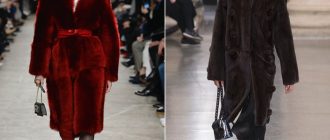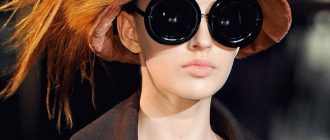 Mon, Apr 28, 2014
Mon, Apr 28, 2014
Female beauty is not only a gift of nature, it is also
careful “work” on yourself and your body. Each era dictates
its standards and standards. Sometimes, in pursuit of the ideal, women walked on
incredible sacrifices. Today, experts are discovering more and more
beauty secrets of different eras and nations.
- Many useful recipes and tips for skin and hair care
came to us from ancient egypt. Dressing tables legendary
queens (Nefertiti, Cleopatra) were empowered with incense, oil,
alabaster powders, nail paint cans,
tweezers for body hair removal. Legendary Queen Cleopatra
did not have natural beauty, but was desirable for many
famous men of that era. She welcomed only natural
means: as a body scrub, mixed fresh cream (or
honey) with salt, took a bath of donkey milk instead of shampoos
used raw eggs.
- A few centuries later, female beauty began to cultivate
in China, India and Japan. For skin care women of these countries
used balms and herbal extracts (tansy, tuberose),
amber incense, rose water and almond milk. Japan,
ahead of many countries, invented make-up and bath. In the last women
literally boiled for the sake of improving health and prolonging youth.
China presented modern women with nail polish and mascara. Besides
In addition, the Chinese have invented a unique female shoe size. For this
little girls were bandaged tightly with foot bandages. Dressings
it was impossible to shoot until the legs turned into “golden lotuses”.
However, such “lotuses” were by no means wonderful: they had an unpleasant
the smell, the skin rotted and did not yield to cleansing.
- Modern women are trying to sunbathe more often, visit tanning salons.
Roman and Greek women tried, on the contrary, to lighten the skin. For this
they made special cream from bread flesh and milk, cooked
soap from beech wood ash and goat fat. For rejuvenation
European women of that era washed with milk and practiced
massage using almond or wheat oil.
- The heyday of body culture occurred in the Renaissance. Venetian women
famous for their gorgeous hairstyles. They dyed their hair in
various shades of red, mixing natural pigments (henna,
ocher) with wine. In France, noble ladies used to swim
silver baths. It was believed that water, touching silver,
acquires magical qualities – strengthens and rejuvenates the female
an organism. France is also famous for inventing shoes on
heels that were designed to workout graceful,
graceful gait, and corsets to create a slim waist. But first
unsuccessful experiments led to the development of internal pathologies
bodies
- Consequences of the plague and hygiene in the XVIII century
affected the external condition of the female skin. But the fashion of that time
demanded perfect white and clean face. For this женщины
used lead powder. She perfectly hid defects
skin, but its long use has attracted a brain tumor,
paralysis …
- In the XIX century, women used to give body and face shine
in food arsenic. But despite the adherence to the rules of admission and
dosages, the substance accumulated in the female body, caused
diseases, and in some cases death.
- The real “cosmetic revolution” took place in the 20th century, with
the moment of the invention of the movie. Close camera required careful
facial skin care and make-up. Therefore have been improved
many technologies. Cosmetics are now not only
privilege of the elect, but also a mass commodity. However active
the use of chemicals (radium, thorium) in cosmetics is negative
affected women’s health.
Whatever dictates fashion, naturalness and youth will be
always relevant. Beauty still requires attention, not sacrifice …
Text: Katerina Pchelnikova






